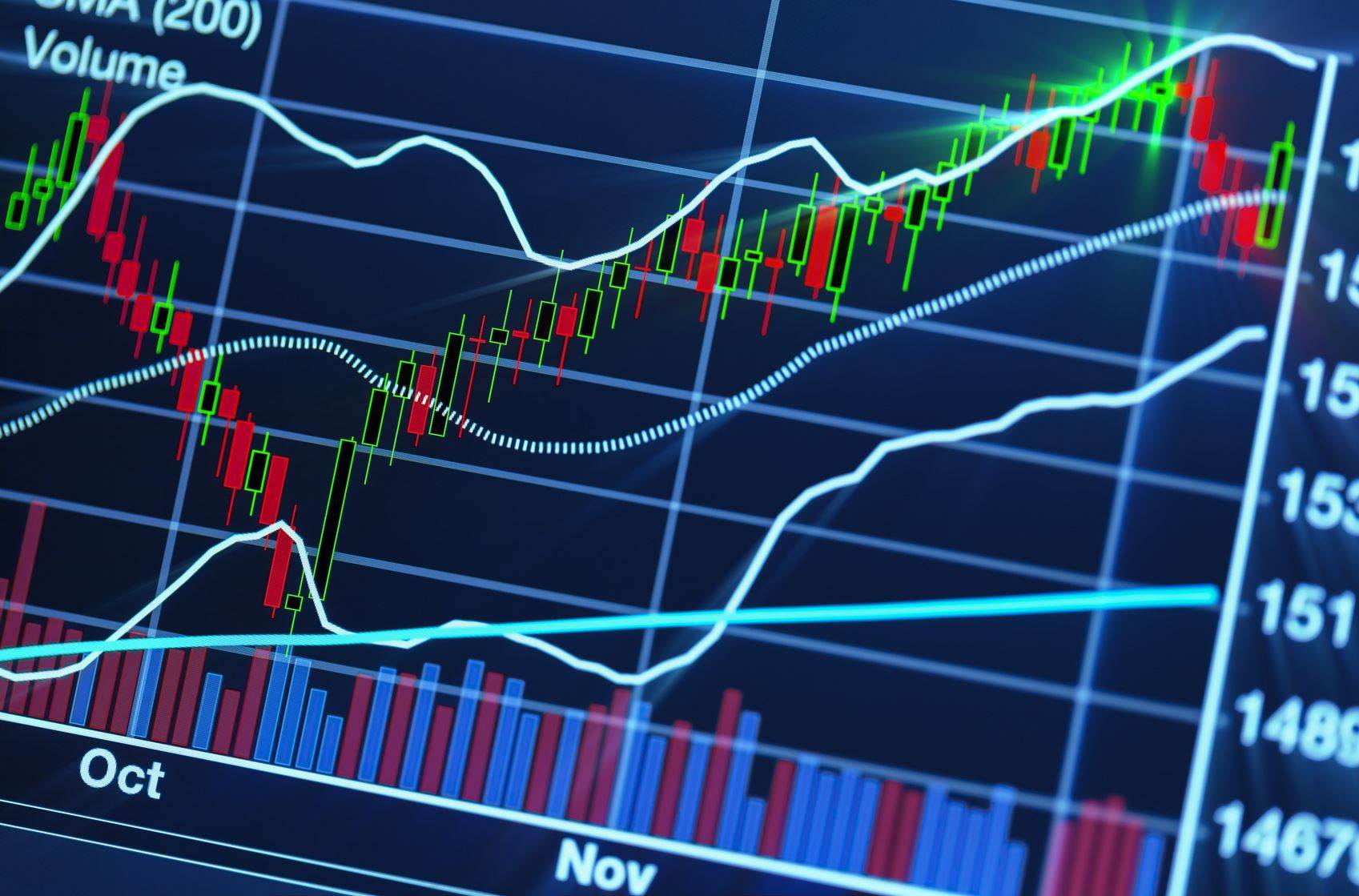Typically you want to see a company have a higher working capital number because that means the liabilities are not weighing the company down as much as it could. There are many avenues you can take this particular number and equations, so let us pick it apart and find what you may want to be looking for.

First are current assets and an asset is anything the company is using to generate revenue or house the business. Assets are the same across some industries, but typically they differ from company to company. A manufacturing firm will have different assets compared to a start up in Silicon Valley. When researching the assets, you want to know if they are in good working order and could potentially be liquidated in the event of a bankruptcy or financial distress.
Second are current liabilities and this encompasses the debt in a company, both long term and short term. If you look at debt, you want to understand why the debt is there in the first place. A reason could be the company is growing a needed the funds to purchase more assets and that is an acceptable answer. What you do not want is the company getting loans to pay off existing debt holders because that can signal a cash flow problem, which could ultimately bring down the business.
Bringing it all together, you want the working capital number to be as large as possible really, because that indicates there is little to no debt on the books and cash flow should not be an issue. However, it may be uncommon to find a business with no debt as many large companies have it for several of reasons. Be sure to fully understand the company’s intent and then move forward from there. If you get stuck, reach out to an investing and trading community as they can give you ideas on how to implement these numbers and gear it towards your current setup. If all else fails, reach out to an investing professional and they should be able to help you out. Working capital will be in almost all financial reports and should be in your toolbox.
Building efficient market-beating portfolios requires time, education, and a lot of computing power!
The Portfolio Architect is an AI-driven system that provides multiple benefits to our users by leveraging cutting-edge machine learning algorithms, statistical analysis, and predictive modeling to automate the process of asset selection and portfolio construction, saving time and reducing human error for individual and institutional investors.
Try AI Portfolio ArchitectEditorial Staff
Nathan Young is a Senior Member of Macroaxis Editorial Board - US Equity Analysis. With years of experience in the financial sector, Nathan brings a diverse base of knowledge. Specifically, he has in-depth understanding of application of technical and fundamental analysis across different equity instruments. Utilizing SEC filings and technical indicators, Nathan provides a reputable analysis of companies trading in the United States.
View Profile This story should be regarded as informational only and should not be considered a solicitation to sell or buy any financial products. Macroaxis does not express any opinion as to the present or future value of any investments referred to in this post. This post may not be reproduced without the consent of Macroaxis LLC. Please refer to our
Terms of Use for any information regarding our disclosure principles.
Would you like to provide feedback on the content of this article?
You can get in touch with us directly or send us a quick note via email to
editors@macroaxis.com